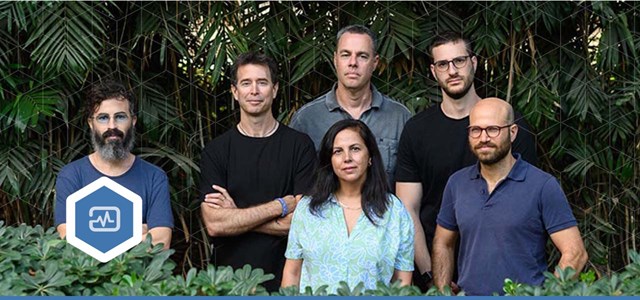
We’re used to thinking of the immune system as a separate entity, almost a distinct organ, but the truth is much more complicated.
Breakthroughs in recent years – some resulting from research performed in Prof. Rotem Sorek’s lab at the Weizmann Institute of Science’s Molecular Genetics Department – have shown that individual bacterial cells possess their own autonomous, innate immune system that can identify, locate, and deal with intruders.
Prof. Sorek’s team (with collaborators from Harvard Medical School and the Dana-Farber Cancer Institute) have revealed both the way in which viruses overcome a cell’s immune system and the chemical composition of a mysterious molecule that’s inherent to the process.
The viruses that cause bacterial cells to raise their defense shields are called phages. When newborn, phages kill the bacterium, then break out and attack nearby bacterial cells. However, the bacteria are not defenseless, employing their autonomous immune system to combat this threat.
Previous research at Sorek’s lab had shown that an immune protein segment called TIR is the one in charge of identifying a phage invasion and that once a phage is detected, the TIR produces a mysterious signal molecule that triggers the immune response. Until now, the molecule remained undetected in bacteria.
Looking into the victorious phages, which managed to kill the bacteria, the team found that they contain a special gene, one encoding a protein that neutralizes TIR immunity, thus allowing the phage to gain the upper hand.
When the scientists examined the protein, now dubbed Tad1, they found that it “was as if the protein quickly swallowed the molecule, not letting the immune system get even a glimpse of it,” Sorek says. “This kind of immune evasion mechanism was never seen in any known virus.”
The group then realized that if the molecule is locked inside the phage protein, they might be able to “see” it by looking within the structure of the protein. Together with Harvard colleagues, Prof. Philip Kranzusch and Allen Lu, the team determined the spatial structure and chemical composition of the mysterious molecule.
Understanding how phages in bacteria are able to adapt and evolve could help us fare better against the bacterial immune system by identifying the same mechanisms in the cellular structure of the viruses that trouble us. “We will not be surprised if viruses that infect our body use the exact same mechanism as the Tad1 we found in phages,” Sorek says. If this is the case, then it could have direct consequences on our ability to protect ourselves from viruses that are scheming to outsmart our immune system.
